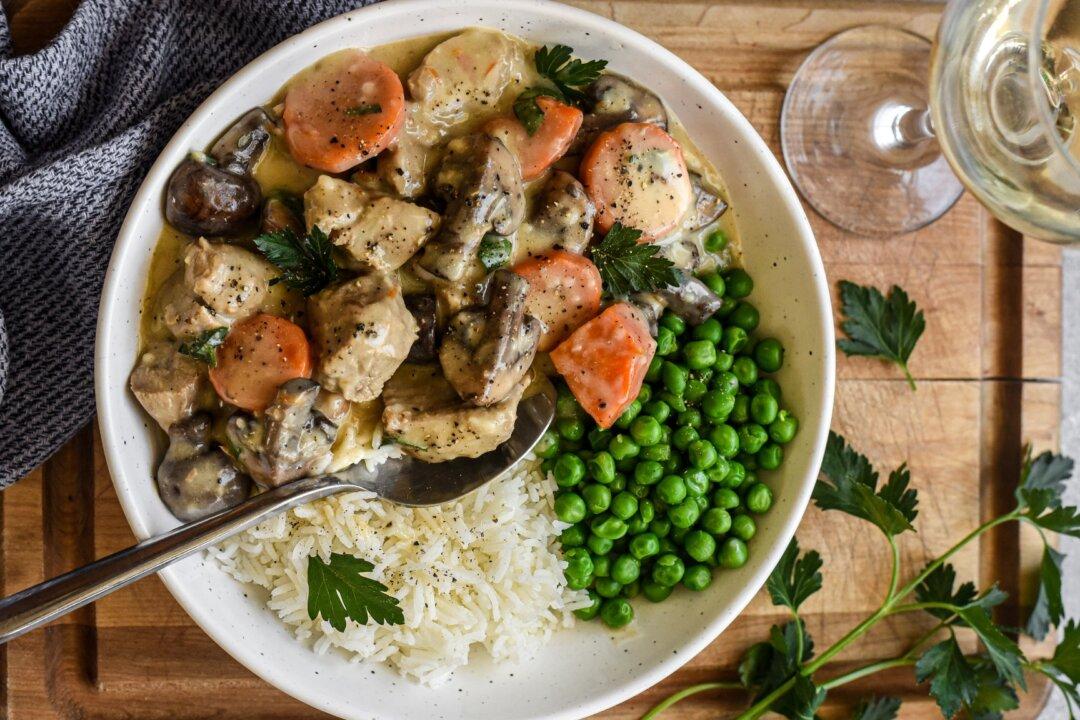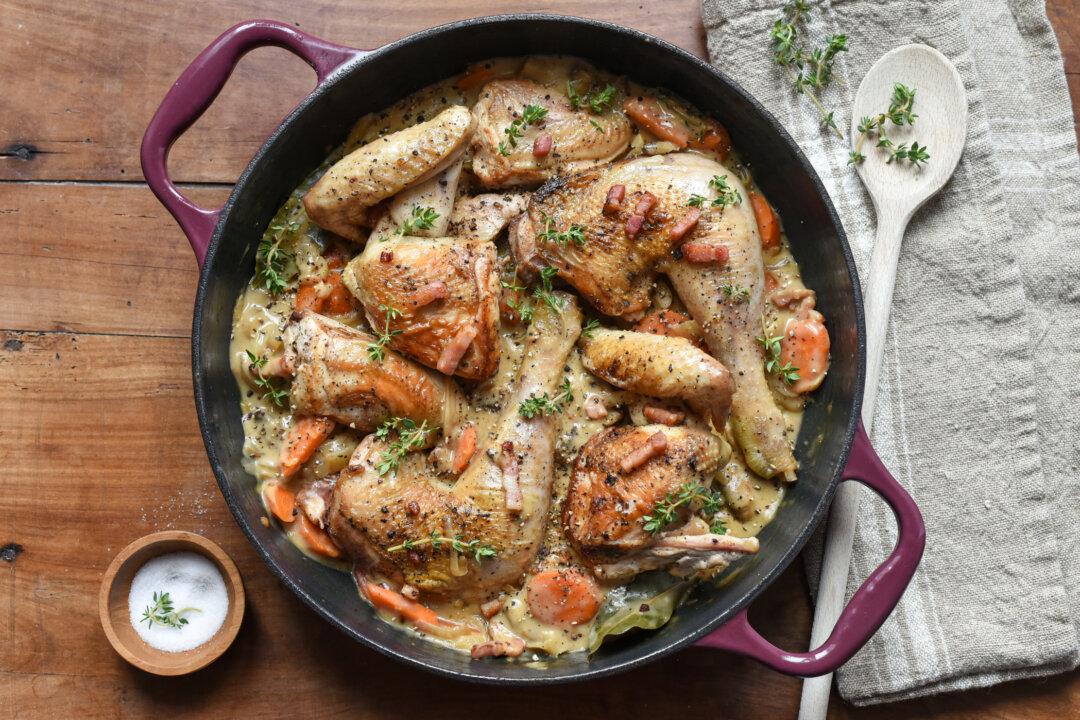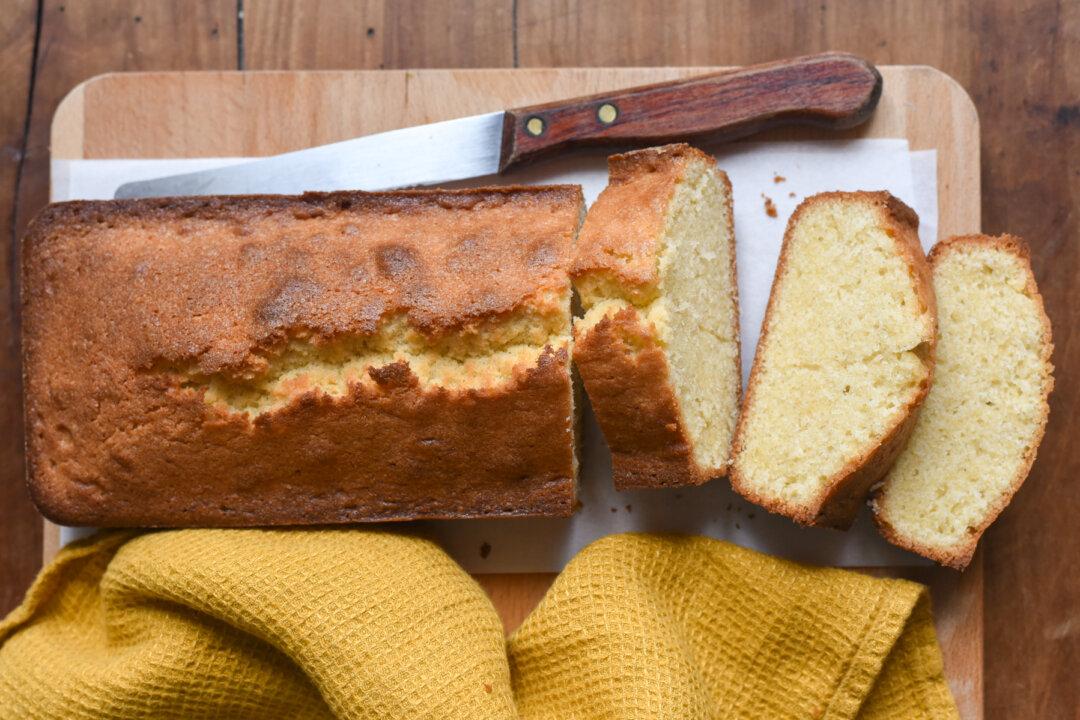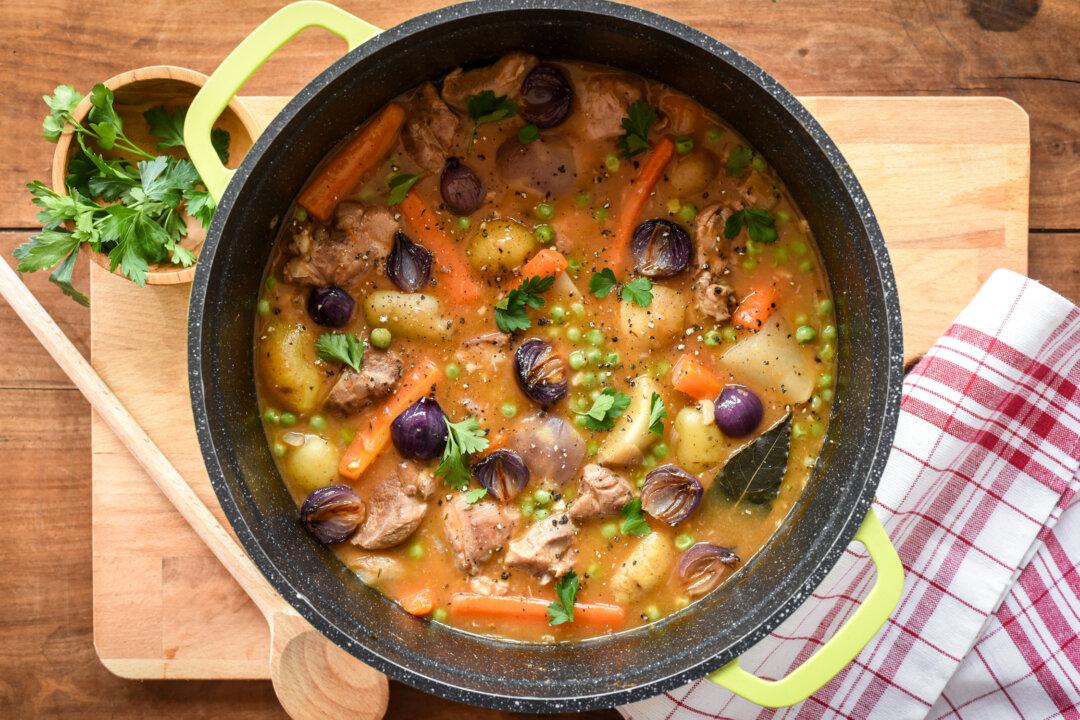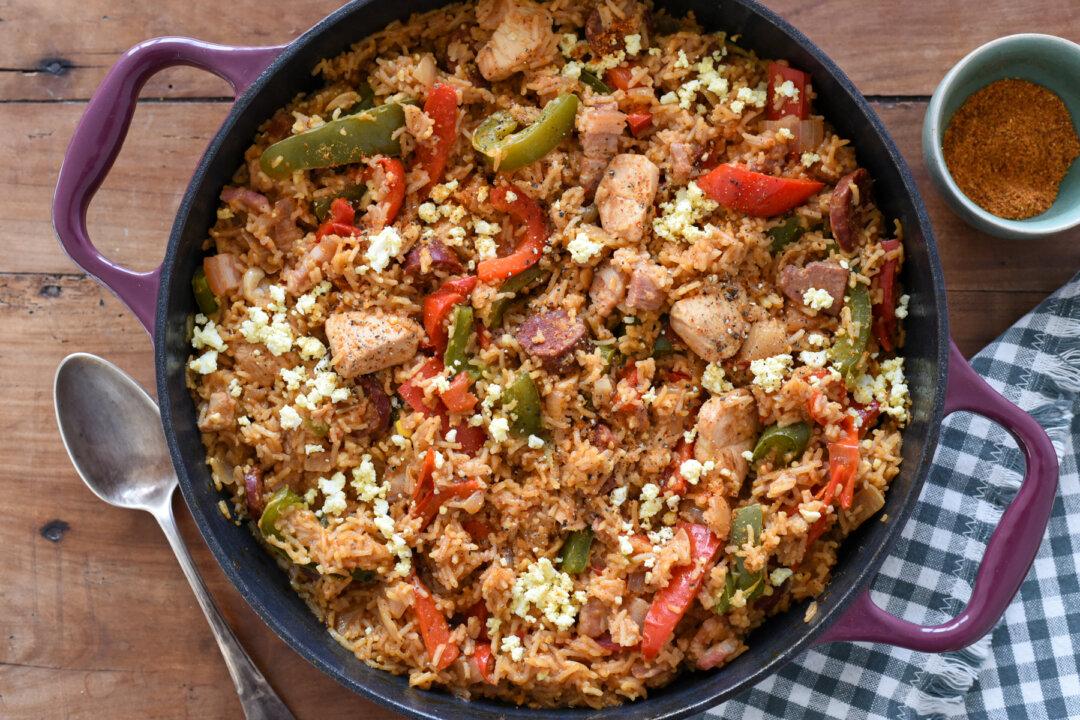Veal blanquette is a classic white stew from the French repertoire, made with tender veal chunks cooked “en blanquette” in a broth with vegetables and aromatics. Finished with a creamy, mushroom-studded sauce of tangy crème fraîche and zesty lemon juice, it brings together all the comforts of a winter stew, but with the brightness we yearn for in a spring dish. This is the perfect recipe to carry us from cold to warmer days.
What Is Cooking en Blanquette?
The word “blanquette” comes from the color white—“blanc” in French—which describes the color of the meat and of the sauce. Indeed, in most classic French stews, such as beef bourguignon, the chunks of meat must be browned beforehand—but this isn’t the case in veal blanquette. The meat should remain “white.”Cooking “en blanquette” thus describes cooking meat or fish in broth with aromatics to prevent it from browning or getting any type of sear. The meat or fish is then reserved on the side, and the broth is bolstered with a white roux (butter and flour) and enriched with white crème fraîche and egg yolk before the meat or fish is returned to the stew.

